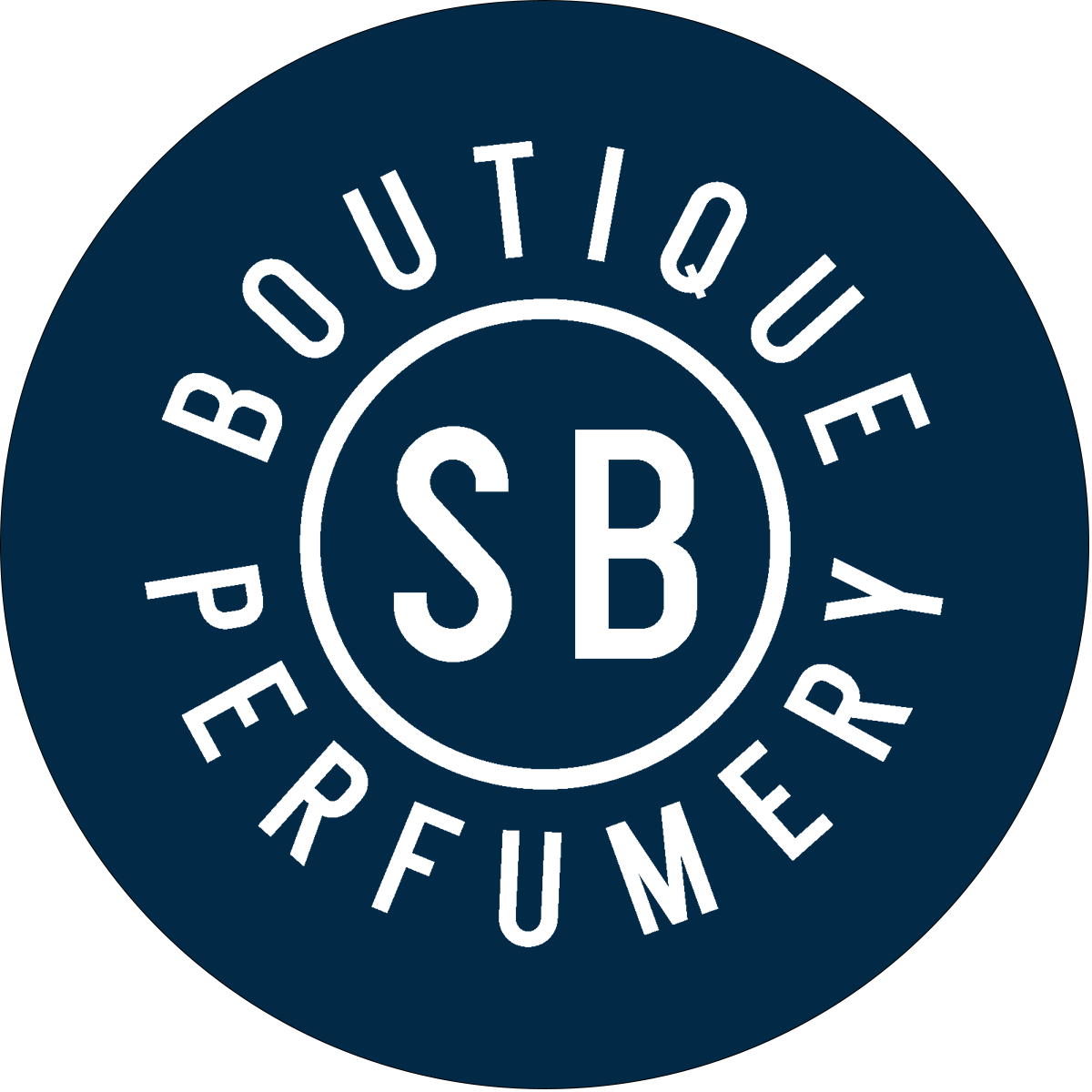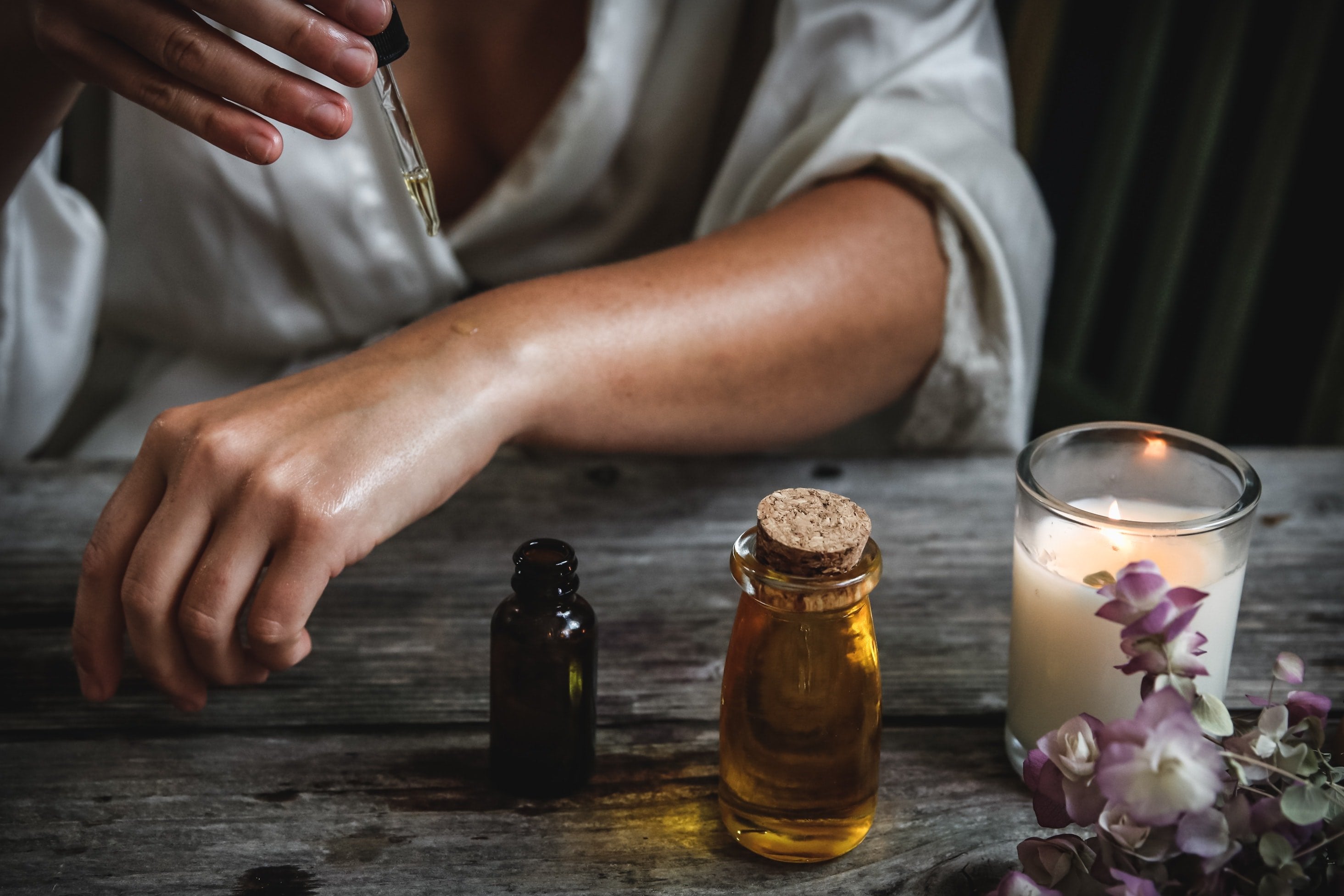You don’t need a diploma in chemistry or a medical sciences degree these days to care about the ingredients in your beauty products. From parabens, phthalates, and sulfates to oxybenzone, triclosan, hydroquinone, and artificial fragrances, these perceavibly dirty beauty words are not only difficult to pronounce but confusing enough for anyone to clear them from their bathrooms cupboards in one single swoop. But what does 'clean' even mean? Can you trust all-natural labels? And are nontoxic products important?
Nearly 50 percent of women surveyed are already using clean beauty products, according to a Harper’s BAZAAR poll of more than 1,000 women across all ages, races, and ethnicities, and more than 60 percent of women would be willing to splurge on one. But with more options than ever before—you don’t need to stray far from the drugstore to find a natural version of your favorite skin care, makeup, and hair care products—there comes more opportunity for greenwashing. Not only is the beauty industry self-regulated (meaning anyone can make a “clean beauty” claim with no oversight), but America’s cosmetic regulations for safe products is 81 years old—older than most modern beauty companies. The Food and Drug Administration (FDA) has no authority to recall toxic beauty products unless a manufacturer volunteers. And while the European Union has banned more than 1,000 chemicals common in personal care products, the United States has banned just 11. Should you be concerned? And where do you even start on a path to a cleaner beauty routine?

Photo by Brooke Lark on Unsplash
INGREDIENTS TO KNOW ABOUT
Clean beauty is a spectrum, but a case can be made that some ingredients should be avoided altogether. Below, the most common beauty ingredients of concern and the reasons why they’re so notorious.
1. PARABENS
Parabens are a group of preservatives and antimicrobial chemicals that prevent the growth of nasty things like bad bacteria and mold in your beauty products.
The problem: Studies confirm that parabens mimic estrogen in the human body, with evidence linking them to reproductive organ harm, thyroid disruption, hormone-related cancers, and obesity. Exposure to parabens through beauty products was recently linked to early onset puberty in girls, according to a study published in Human Reproduction.
The European Commission banned several types of parabens for use in personal care products: isopropyl-, isobutyl-, phenyl-, benzyl-, and pentylparabens.
2. FRAGRANCES AND PHTHALATES
The word fragrance is a catchall term that can disguise up to 3,000 synthetic or natural chemicals used to make a beauty product smell delicious. Fragrances are considered by some a trade secret and, therefore, do not have to be disclosed. On a related note, phthalates, which help fragrances last longer, are a group of chemicals used to keep materials and products (nail polishes, hair sprays, plastics) pliable. You’ll find them on an ingredient list abbreviated as DEP, BBzP, DBP, and DEHP.
The problem: Where there is the vague ingredient fragrance, there are phthalates—most of the time, anyway. Phthalates have been linked to reproductive and hormonal harm in children and men. Some studies have linked phthalate exposure to obesity, type 2 diabetes, reduced sperm count, breast cancers, reproductive malformation, infertility, and cardiovascular events. A study from 2017 found that 70 percent of perfume and cosmetics salespeople had exceeded the cumulative risk of phthalate exposure. Fragrance on its own can also be a trigger for allergies and asthma attacks, since we don’t know exactly what ingredients are being used in both short- and long-term exposure. Cosmetics giants Unilever, Procter & Gamble, and Johnson & Johnson have all committed to fragrance transparency in the last several years.

Photo by FOODISM360 on Unsplash
3. ETHOXYLATED AGENTS
Ethoxylated agents include polyethylene glycols (PEGs), ceteareths, oleth, and sulfates. Sulfates are responsible for the bubbles and lather in cleansers like shampoo. Some sulfates are synthetic, while others are derived from sulfur and petroleum, as well as natural sources like coconut and palm oils. PEG compounds are used as thickeners, solvents, and softeners in hair products, as well as some moisturizers and base products.
The problem: Sodium lauryl sulfate is a harsh cleanser, which is why it gets a bad reputation in the world of hair care. It will strip your hair, but it’s not inherently toxic. To save your hair, sodium lauryl sulfate is sometimes converted into sodium laureth sulfate through a process called ethoxylation. A by-product of this process is 1,4-dioxane, a chemical the Environmental Protection Agency (EPA) lists as a likely human carcinogen. On the FDA website, it’s noted that the agency “periodically monitors the levels of 1,4-dioxane in cosmetics products” and that “changes made in the manufacturing process have resulted in a significant decline over time in the levels of this contaminant in these products.” A 2018 FDA survey of 82 randomly selected personal care products marketed toward children found that only two had levels of 1,4-dioxane above 10 ppm, which is significantly lower than in the surveys conducted from 1981 through 1997. The agency also notes that 1,4-dioxane evaporates quickly, lowering the risk of transdermal absorption “even in products that remain on the skin for hours.” As of July 2019, Sephora is requiring brands to test for the presence of 1,4-dioxane.
4. FORMALDEHYDE
The most notorious preservative in history, formaldehyde is commonly found in keratin smoothing treatments that rely on the chemical to lock the hair’s broken disulfide bonds into a straighter position.
The problem: Formaldehyde is recognized globally as a human carcinogen, and that’s why it (and its offspring) have been eliminated from most common cosmetic products, like nail polish. Salon keratin treatments often claim to be free of the f-word too. Except they’re not: What they contain instead are ingredients like methylene glycol, formalin, methanal, and methanediol, which release the carcinogenic compound when mixed with water during the treatment.

Photo by freestocks on Unsplash
5. REFINED PETROLEUM
Mineral oil (petrolatum, paraffin) is a widely used moisturizing agent sourced from petroleum and is often found in lip balms and face creams.
The problem: There are about a thousand reasons to avoid petroleum products from an environmental standpoint. But there are health concerns as well: A 2011 study found mineral oil to be the largest contaminant present in the human body due to accumulation over time possibly from cosmetics. A 2016 study called for the reduction of the amount of mineral- and petroleum-based ingredients “in the majority of cosmetic lip products” that are ingested. Untreated or mildly treated mineral oils used in manufacturing (not the cosmetic-grade kind found in your lip balm) are listed as carcinogens by the World Health Organization.
6. HYDROQUINONE
A topical bleaching agent, hydroquinone is found in skin-lightening creams and serums, and used in the treatment of hyperpigmentation. It’s sold over the counter in two percent concentrations, but stronger formulas are available by prescription.
The problem: Hydroquinone was approved by the FDA in 1982, but several years later, it was temporarily pulled from the market due to safety concerns (it turns out the products in question had mercury in them, so the adverse effects weren’t because of the skin-lightening ingredient). However hydroquinone itself been linked to certain cancers, decreased immune response, abnormal function of the adrenal gland, and a skin condition known as ochronosis. It’s because of the perceived risk that the European Union alongside Japan and Australia have banned the ingredient.

Photo by Eloise Ambursley on Unsplash
7. TALC
A common ingredient in face powders and eye shadows, talc is a mineral made from magnesium, silicon, hydrogen, and oxygen.
The problem: Talc that hasn’t been purified can be contaminated with asbestos, a known human carcinogen. In early 2019, eye shadow and contour palettes marketed to girls from Claire’s stores were recalled after the FDA found asbestos contamination during routine talc monitoring. Following the incident, the agency called on Congress to pass reformed cosmetics safety regulations. In December 2018, Reuters published an investigation claiming Johnson & Johnson knew for decades that asbestos was detected in its talcum-based baby powder products. Juries have awarded millions of dollars in high-profile cases that linked Johnson & Johnson baby powder products to cases of ovarian cancer and mesothelioma.
 Photo by Kelly Sikkema on Unsplash
Photo by Kelly Sikkema on Unsplash
8. TRICLOSAN
An antibacterial and antimicrobial chemical, triclosan can be found in sanitizing hand and body soaps, mascara, and formerly in toothpaste.
The problem: Triclosan hasn’t just been linked to liver fibrosis, skin cancer, hormone disruption, and the development of bacterial superbugs, it’s also just not any more effective than soap and water. In April 2019, the FDA issued a final rule banning OTC hand sanitizers from using triclosan. “In today’s final regulation we finalized the FDA’s previous determination that 28 active ingredients, including triclosan and benzethonium chloride, are not eligible for evaluation under the FDA’s OTC Drug Review for use in consumer antiseptic rubs,” Janet Woodcock, director of the FDA’s Center for Drug Evaluation and Research, said in a release at the time. The agency added, “FDA has not received evidence that triclosan provides a benefit to human health. At this time, FDA doesn’t have evidence that triclosan in OTC consumer antibacterial soaps and body washes provides any benefit over washing with regular soap and water.”

Photo by ian dooley on Unsplash
9. SILICA
Also known as silicon dioxide, silica is used as an absorbent, anticaking, and abrasive agent in everything from oral care products to foundation. Silica is naturally occurring, but the kind approved for use in cosmetics is amorphous silica, not crystalline silica (also known as quartz dust).
The problem: The science concerning silica is confusing, to say the least. Only one kind of silica is approved for use in cosmetic formulations: amorphous silica. So why is crystalline silica, a known human carcinogen, popping up in particles of respirable size in laboratory tests of various bath products and cosmetics? Some studies suggest that amorphous silica can be contaminated with the crystalline kind, which would help explain why it’s still detectable in beauty products. There are environmental concerns as well, particularly with the slippery silica by-product found in every beloved face primer: silicone. Refined silicones are not biodegradable.
SHAY & BLUE - CLEAN FRAGRANCE
We love simplicity at Shay & Blue. Usually perfumes are made with 80+ ingredients - our fragrances are made with less than fifteen. So we can take care over every ingredient, making sure it is the best quality, and made sustainably.

We use naturals and synthetics
Each of our fragrances contains naturals, but using botanicals exclusively is not always possible when making sure our products are free from the bad stuff and kind to the planet. In some instances - sandalwood, for one - using botanicals would mean harming the environment (natural sandalwood is vulnerable). In those instances, we use lab-created synthetics that are safe for skin, many of which are considered natural identicals, because they’re the same as what’s found in nature. It’s the responsible thing to do.
Sustainability
We work with our suppliers to make sure any naturals we do use are sustainably harvested, ensuring rare crops are replanted after harvesting.
Musks
We use some synthetic ingredients that replicate natural musk scent. Similar to the above, we do this for sustainability reasons, and because we are cruelty free and vegan (natural musks are glandular secretions from animals). We do not use synthetic musks that we consider a concern, such as nitro musks, as they are potential endocrine disruptors.
Free from parabens, phthalates, or other potential skin irritants.
That’s one reason why we deliberately have tinted bottles - it protects our fragrance from light damage and lets us skip potentially hazardous chemicals and stabilisers.
Candle wax
Our candles are made with a 100% vegetable wax blend. This means the candles might burn a little less evenly than one made with petroleum-based paraffin, but we believe this is a worthwhile trade off (the toxins released by burning paraffin are believed to be carcinogenic).
Body products
We use natural surfactants, and as many naturally derived high performance naturals as possible, including citrus extracts, sea salt, shea butter, cocoa butter, sweet almond oil and aloe vera.
WHAT DOES SUSTAINABLE MEAN?
Sustainable goes hand in hand with green. It means that the ingredients on the inside of the package—including how those ingredients were sourced—and the packaging itself should not be harmful to the planet. When you use any product, the ingredients go down the drain and into the water system, which, thanks to exfoliating microbeads and preservatives like BHA, is causing a marine environment health crisis. Likewise, many conventional beauty products are made from petroleum jelly and are packaged in plastic, both created from the oil industry. Truly sustainable ingredients are those that are ethically sourced and proven to be safe for the environment, with sustainable or no-waste packaging being defined as glass packaging, biodegradable packaging, post-consumer recycled packaging, or the ability to recycle empty bottles appropriately through a TerraCycle program.
WHAT DOES VEGAN MEAN?
A beauty product is vegan if it doesn’t contain any animal by-products or ingredients sourced from animals. Common non-vegan ingredients found in clean beauty products include beeswax, honey, lanolin, and tallow. Many people associate vegan with clean, but this is not the case. A product can be vegan and still contain chemical ingredients of concern.
WHAT DOES CRUELTY-FREE MEAN?
A beauty product is cruelty-free if it has not been tested on animals anywhere along the manufacturing line or before being sold. It can also mean that any animal-derived ingredients were not extracted at the expense of an animal’s welfare (like natural-fiber makeup brushes). A beauty product can be cruelty-free but not vegan, and vice versa.
OUR PROMISE
By hand. With real flowers fruit and spices. In today’s world perfume’s artisan past has been forgotten. Perfume brands are licenced to giant manufacturers who favour cheap chemicals, fat margins and excess profits.
Single minded in every fragrance, we use real ingredients to craft modern scents with heart and humanity.Carefully hand selected and produced to the highest standards of animal and planet welfare with creativity and transparency cultivated through our independent company.
At S&B we are reviving the forgotten ways of doing things, reviving the artisan perfumery methods of old to be new again: putting craft, ingredients and people at the centre of our practice.
Like this article? Sign up to our newsletter to get more delivered straight to your inbox
_____________
https://www.harpersbazaar.com/beauty/skin-care/a28352553/clean-beauty/
 Welcome to...
Welcome to... Austria
Austria
 Belgium
Belgium



Share:
100 Things To Do While Stuck Inside
Pride Month